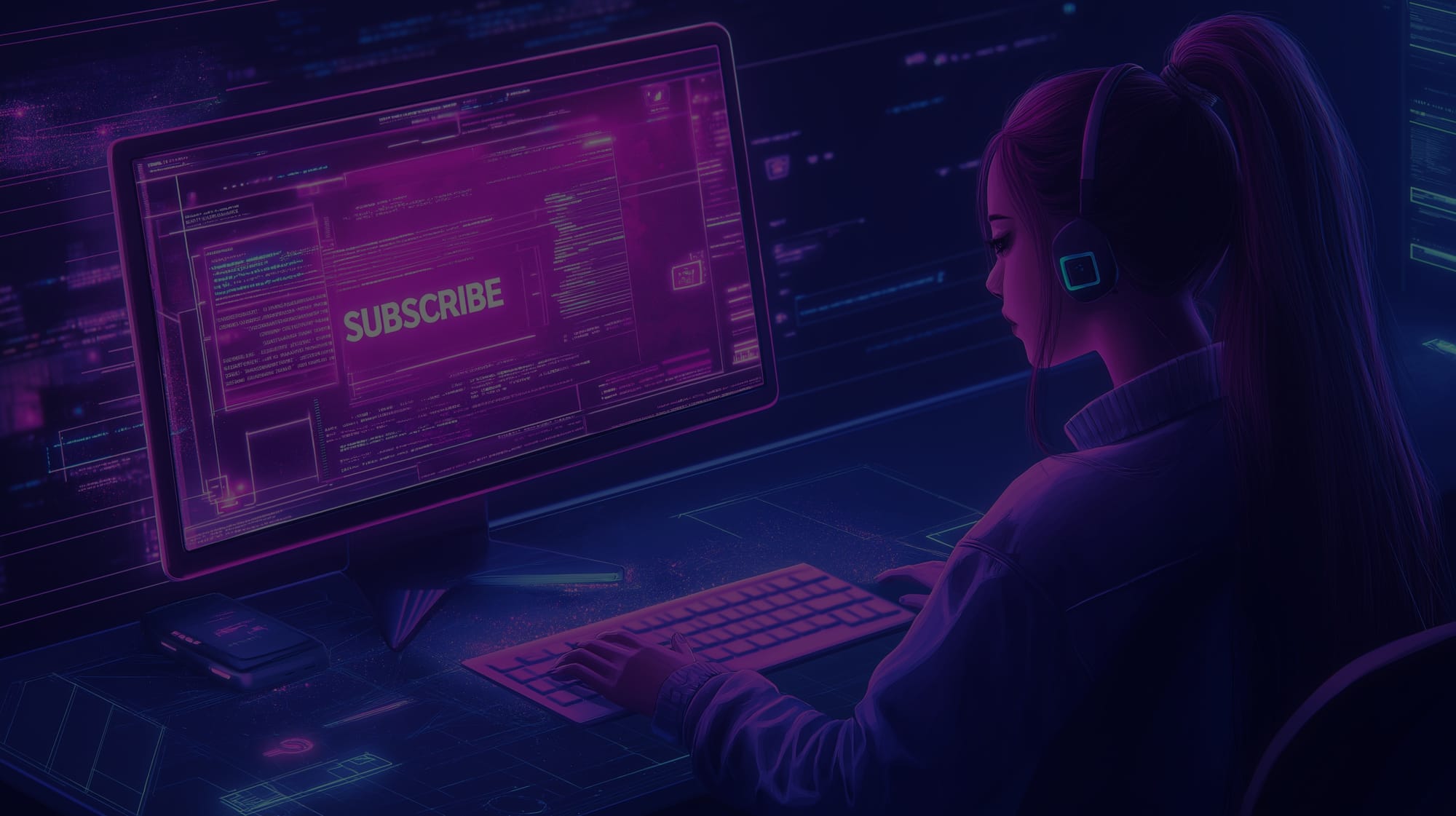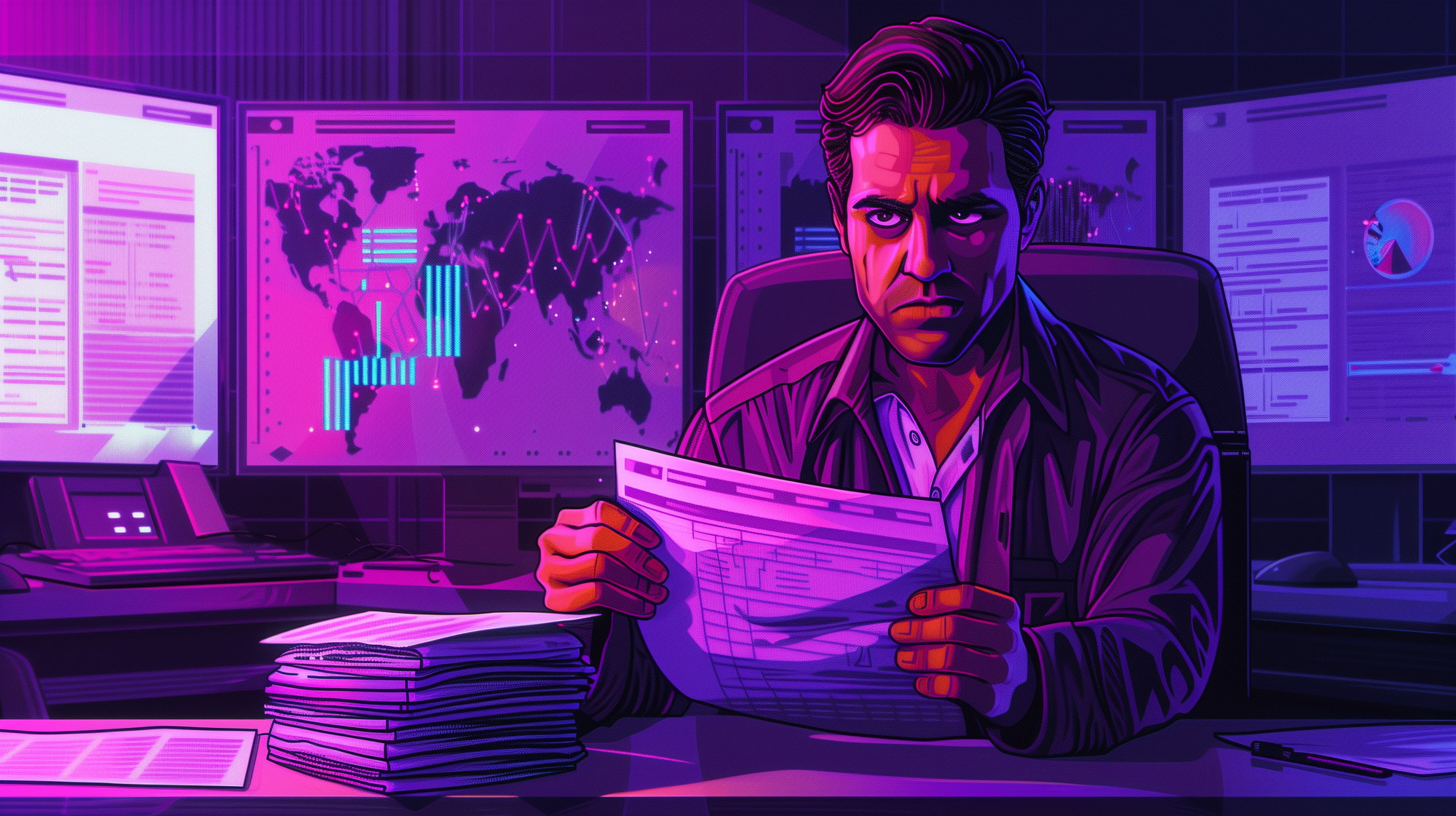Cyber Threat Intelligence is an Imperative
Why is Cyber Threat Intelligence (CTI) an integral component of a stout cyber security defense strategy? This is part one of a multi-part series of posts answering this quite vexing question.

Why is Cyber Threat Intelligence (CTI) an integral component of a stout cyber security defense strategy? This is part one of a multi-part series of posts answering this quite vexing question.
CTI is imperative for organizations, particularly if they want to stay ahead of sophisticated cyber threats. CTI helps provide actionable insights into the tactics, techniques, and procedures (TTPs) adversaries employ, enabling the proactive deployment of defense measures. It enhances threat detection, informs strategic decision-making, supports rapid incident response, and informs red team testing to better mimic real-world attacks. CTI also helps with MITRE ATT&CK technique mapping, and prioritizing vulnerabilities most likely to be leveraged by threat actors, among *many* other exceedingly important areas.
As cyber threats evolve, having a dedicated CTI team allows organizations to adapt defenses, reducing the risk of successful attacks and safeguarding critical assets, data, and reputation as the world continues to undergo digital transformation.
CTI is inherently a proactive discipline because it involves continuously monitoring, analyzing, and anticipating potential cyber threats before they materialize into attacks. By identifying emerging threats, and understanding adversary TTPs, CTI enables organizations to take preemptive actions, such as implementing targeted defenses, identifying gaps due to MITRE ATT&CK mapping, patching vulnerabilities, educating the masses, fine-tuning incident response plans, and much more. This proactive stance not only mitigates risks but also enhances an organization's ability to swiftly respond to and recover from cyber incidents, thereby maintaining a robust security posture as threat actors constantly evolve their tradecraft.
One of the first things to be quite easily done with a CTI team is threat profiling. This is a simple exercise involving creating detailed profiles of the adversaries most likely to target the organization, including their motivations, capabilities, and TTPs. Threat profiling is vital because it will helps with deep understanding of the adversaries, and develop targeted defense strategies.
Here are the broad-based areas for why this is crucial:
- Understanding Adversaries
Knowing what drives a threat actor - espionage, disruption, financial gain, activism - helps in predicting potential targets and attack scenarios. Awareness of the technical acumen, skills, & resources of an attacker allows for gauging the level of threat they pose. This allows organizations to employ the right controls to mitigate areas where attackers focus.
- MITRE ATT&CK Mapping
MITRE ATT&CK framework categorizes the TTPs used by threat actors, and by mapping threat actors to specific TTPs, organizations can better understand the gaps in security controls to prepare better defenses. Leverage the ATT&CK Navigator to create heatmaps, highlighting the “reddest of the red” as the main focal areas.
- Vulnerability Exploitation
Identifying vulnerabilities specific threat actors commonly exploit is critical for prioritizing patching efforts and implementing mitigations. Understanding the exploitation techniques used by attackers, such as zero-days or older unpatched CVEs, helps in strengthening defenses and preparing incident response strategies.
- Predicting Attack Patterns
Detailed knowledge of tradecraft used by threat actors enables anticipation of the methods employed, and to prepare defenses accordingly. Identifying common attack vectors used by specific threat actors allows for more focused visibility, detection, & protection efforts.
- Enhancing Detection and Response
Intelligence on specific threat actor behaviors can be used to create custom detections, and correlation rules across the security suite. It also is immensely helpful when developing playbooks based on the known TTPs of threat actors, enhancing the efficiency and effectiveness of SecOps and DFIR.
- Improving Threat Hunting
Threat profiling directs threat hunting activities towards the most likely threats, particularly when the intelligence is highly tactical, allowing for not just developing threat hunting queries but continuous monitoring detection engineering rules. Behavioral indicators may also help in identifying stealthy or hidden threats standard detection methods may miss.
- Stout Cyber Defense
Continuous updates to threat profiles ensures security measures remain adaptive to constantly evolving threat landscapes, and allows decision-makers to implement the proper security controls required to thwart the most likely attackers targeting the organization.
- Strategic Decision-Making
Prioritizing risks based on the potential impact and likelihood of attacks from specific threat actors is imperative. Informed decisions about where to allocate resources, and what technologies to invest in, should be made based in part on the threat profiles, ensuring the most critical areas are best protected.
- Collaboration and Information Sharing
Collaboration and Information Sharing. Threat profiles provide a common language and framework for discussing threats within the organization and with external partners. Collaborating with industry peers, and sharing threat profiles enhances collective defense against common adversaries across industry and/or geography.
- Enhancing Training and Awareness
Create realistic training scenarios for security teams and employees, improving preparedness for real-world eventuality. Information about the tactics used by threat actors should be incorporated into employee awareness programs to reduce the risk of social engineering attacks
Cyber threat profiling vital. Anticipating and neutralizing threats with laser precision to ensure swift and decisive responses, whether through automation or by humans, is paramount. CTI teams must adopt this strategy as their guiding star to guide their defense strategy towards being more proactive, adaptive, and incredibly resilient
CTI is a critical solution for combating modern threats. Threat profiling is indispensable, delivering vital intelligence on adversaries' tactics, empowering organizations to craft razor-sharp defenses, and urgently fortifying their cyber security posture against sophisticated attacks.






